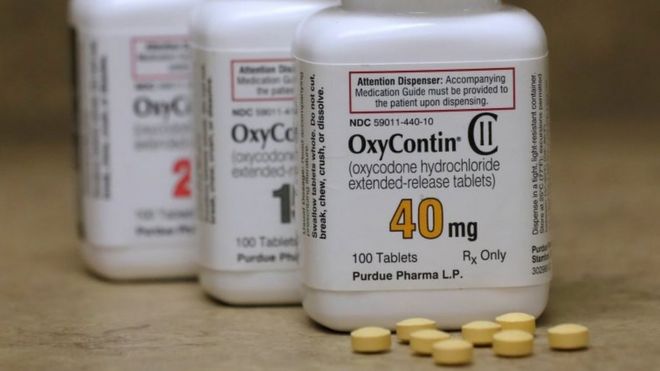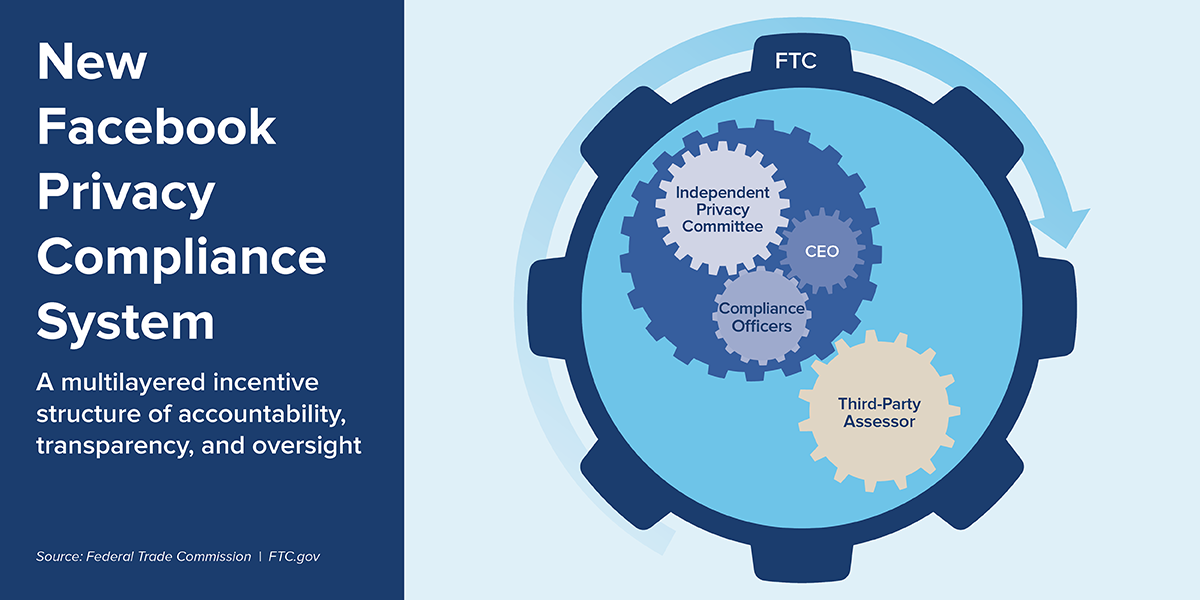
As the political news is dominated by discussion of quid pro quo and bribery, there has been another ongoing series of allegations about improper payments for things of value. The other quid pro quo relates to the pharmaceutical industry, which has been the subject of a seemingly never-ending scandals about financial inducements given to healthcare professionals.
The most significant recent case involves a company called Avanir Pharmaceuticals, which had to pay more than $115 million to resolve allegations that it paid kickbacks to physicians to get them to prescribe its drug Nuedexta for uses not approved as safe by the Food and Drug Administration.
Among those uses were the treatment of behaviors associated with dementia among residents of long-term care facilities. Nuedexta was tested and approved for patients exhibiting what is known as pseudobulbar affect (PBA) — involuntary, sudden, and frequent episodes of laughing or crying that occur secondary to a neurologic disease or brain injury.
The case against Avanir included allegations that physicians receiving its payments ended up putting large numbers of patients on Nuedexta who showed no symptoms of PBA, exposing them to unknown risks.
The Justice Department regarded Avanir’s behavior to be serious enough to warrant criminal charges, but like in so many other cases, the company was offered a deferred prosecution agreement that allowed it to buy its way out of full legal jeopardy by paying criminal penalties of nearly $13 million. The company agreed to cooperate in the prosecution of several individuals who received the kickbacks and whose liability may end up being more than financial in nature.
In addition to the criminal matter, Avanir agreed to pay $103 million to settle a related civil False Claims Act case based on the fact that federal and state healthcare programs ended up paying claims stemming from the improper prescribing of Nuedexta.
Avanir’s alleged behavior is especially troublesome because of the involvement of elderly dementia patients, but the use of kickbacks is far from unknown in the pharmaceutical industry. In Violation Tracker we document about 50 drug industry cases in which kickbacks were the primary or secondary offense.
These cases, which have resulted in more than $7 billion in fines and settlements, have implicated pretty much every large pharmaceutical producer and numerous smaller ones as well. Some companies show up on the list several times. These include Abbott Laboratories, which along with its subsidiaries has been involved in six cases between 2003 and 2017 that resulted in $630 million in penalties, and Pfizer, which together with its subsidiaries has paid $531 million in five cases between 2004 and 2018.
The extent of the recidivism in drug industry kickback cases suggests that the industry is not taking the problem very seriously and that the Justice Department’s approach has not had the necessary deterrent effect. Perhaps there is a lesson here for the political world as well.







